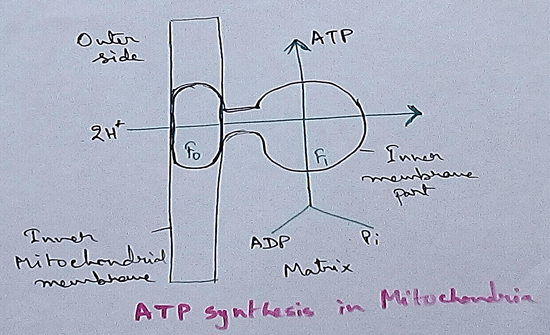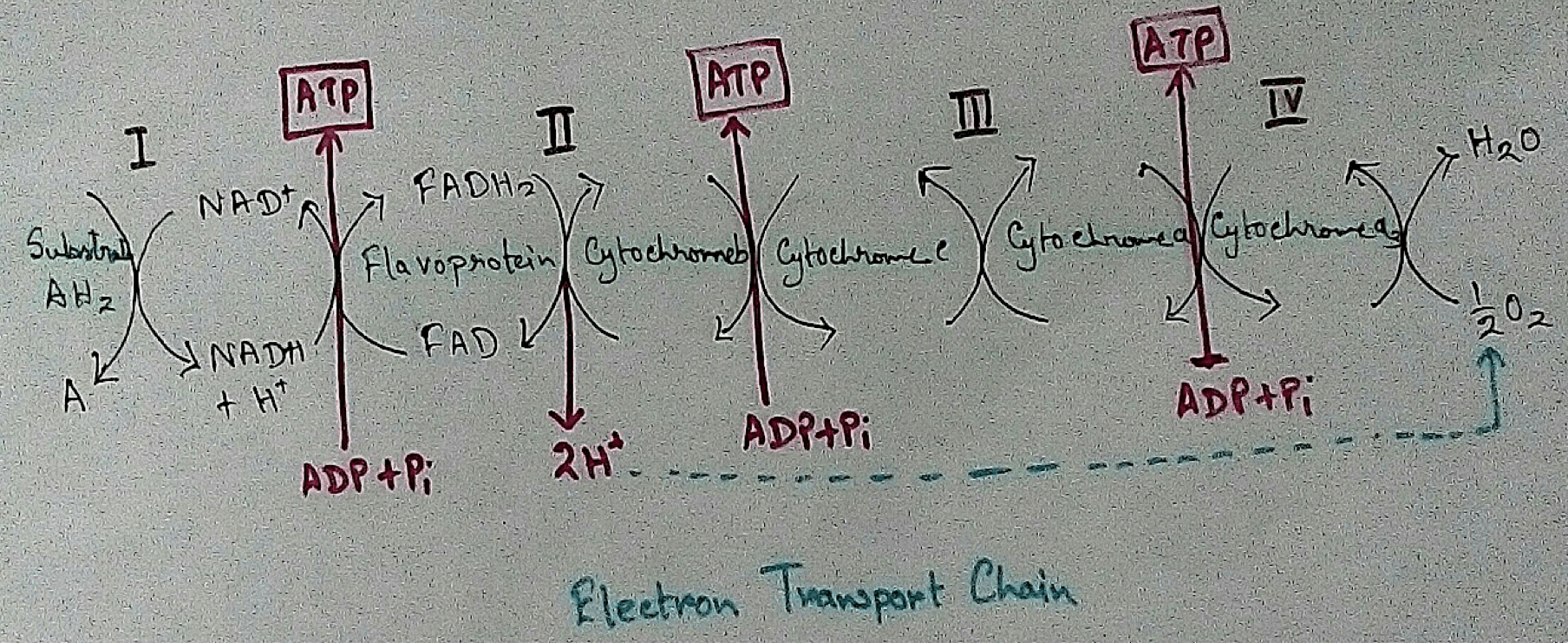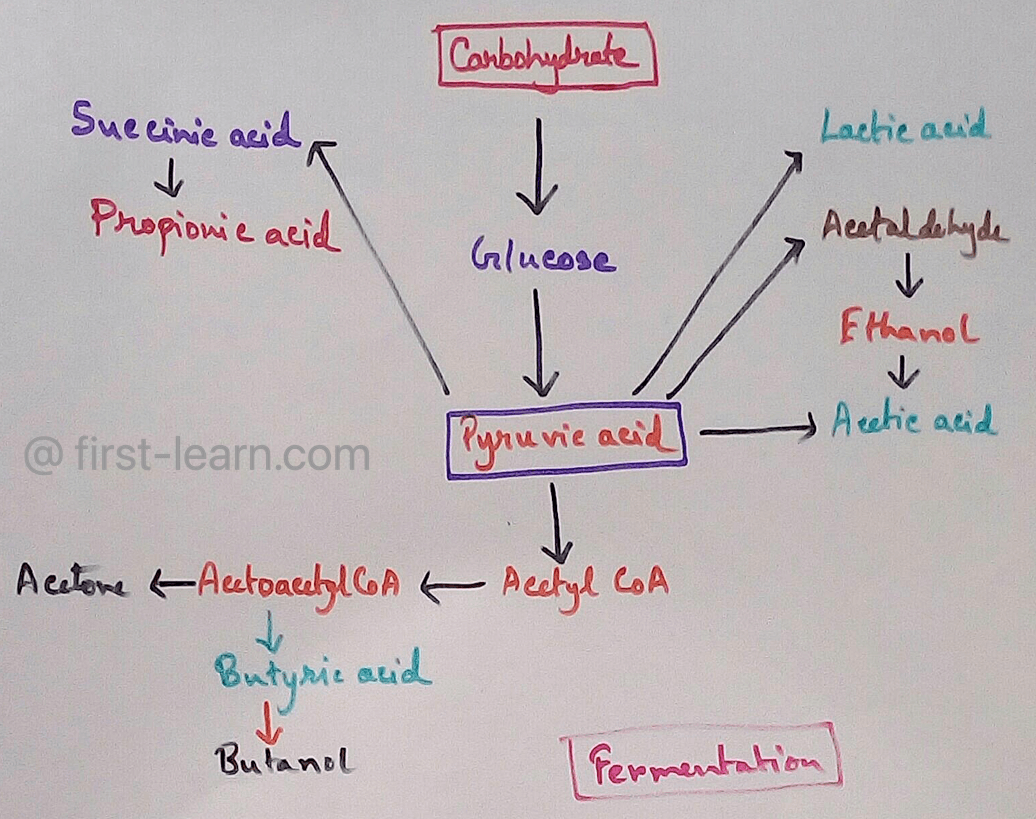Living and Non-Living
We see many living and non-living things around us. They are either living or non living. Examples of living things are plant, dog and the child. Examples of non-living things are table, book and almirah. There are many features that separate living things from non-living things.
What is the difference between the living things and non-living things?
Living things1. Living things breathe. 2. Living things move on their own. 3. Living things need food. 4. Living things feel.
5. Living things reproduce. 6. Living things grow. |
Non-living things1. Non-living things do not breathe. 2. Non-living things do not move on their own.
3. Non-living things do not need food. 4. Non-living things do not feel. 5. Non-living things do not reproduce. 6. Non-living things do not grow. |
Note:
Animals move from one place to another but plants do not move.
Animals lay eggs or give birth to young ones. Plants grow from seeds. Seeds contain baby plants inside them.
Natural and man-made things:
Some non-living things like stone, water and wood are found in nature. These are not made by man. These are called natural things.
Non-living things like cars, books, houses, table and clothes are not found in nature. These are made by man. These are called man-made things.
From Living and Non-Living to HOME PAGE
Recent Articles
-
Respiratory Balance Sheet | TCA Cycle | ATP Consumption Process
Feb 18, 24 01:56 PM
The major component that produced during the photosynthesis is Glucose which is further metabolised by the different metabolic pathways like glycolysis, Krebs cycle, TCA cycle and produces energy whic… -
Electron Transport System and Oxidative Phosphorylation | ETC |Diagram
Feb 04, 24 01:57 PM
It is also called ETC. Electron transfer means the process where one electron relocates from one atom to the other atom. Definition of electron transport chain - The biological process where a chains… -
Tricarboxylic Acid Cycle | Krebs Cycle | Steps | End Products |Diagram
Jan 28, 24 12:39 PM
This is a type of process which execute in a cyclical form and final common pathway for oxidation of Carbohydrates fat protein through which acetyl coenzyme a or acetyl CoA is completely oxidised to c… -
Aerobic Respiration | Definition of Aerobic Respiration | Glycolysis
Dec 15, 23 08:42 AM
This is a type of respiration where molecular free oxygen is used as the final acceptor and it is observed in cell. Site of Aerobic Respiration - Aerobic respiration is observed in most of the eukaryo… -
Fermentation | Definition | Types of Fermentation | Application
Nov 29, 23 10:27 PM
Definition of fermentation- It is a process that is energy yielding process of anaerobic oxidation of organic compounds which are carried out by the enzyme action of micro organisms where neither gase…




New! Comments
Have your say about what you just read! Leave me a comment in the box below.